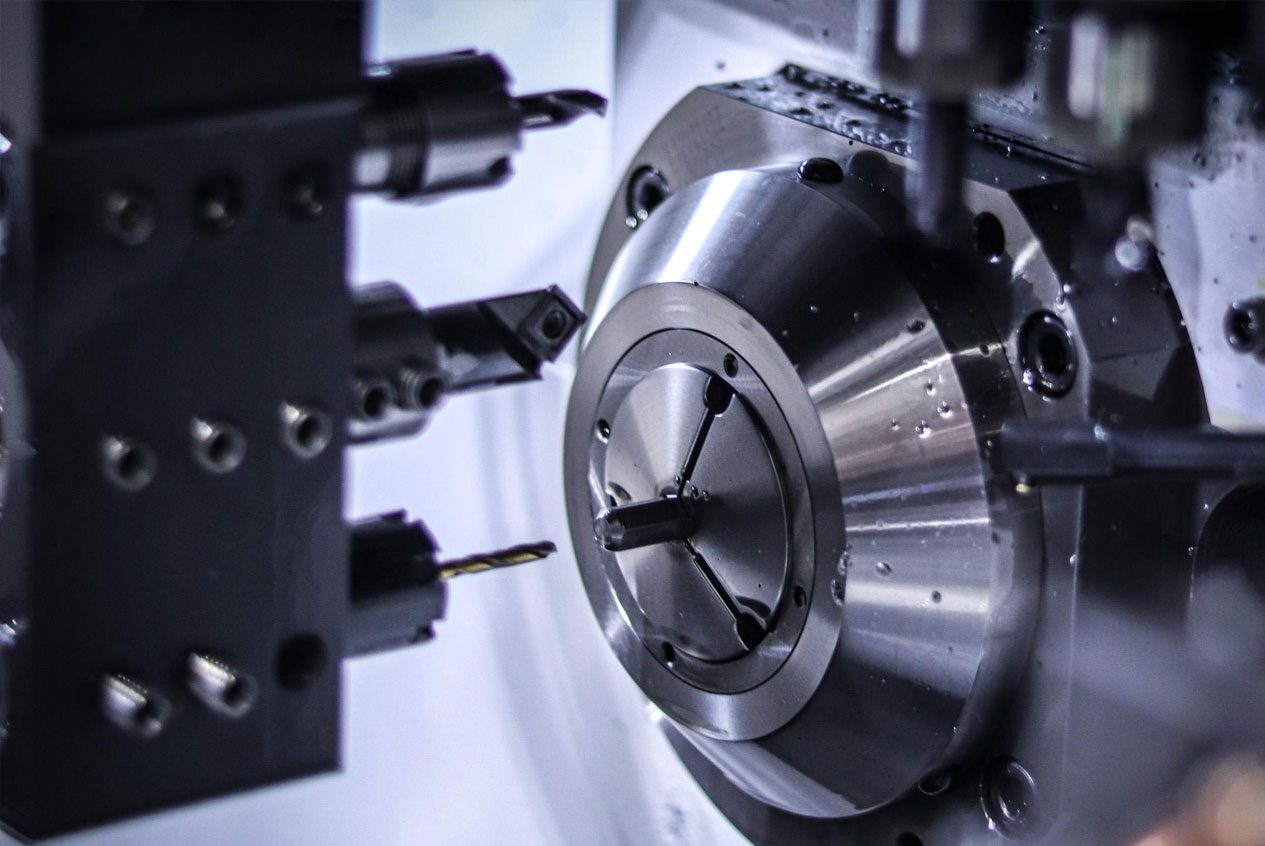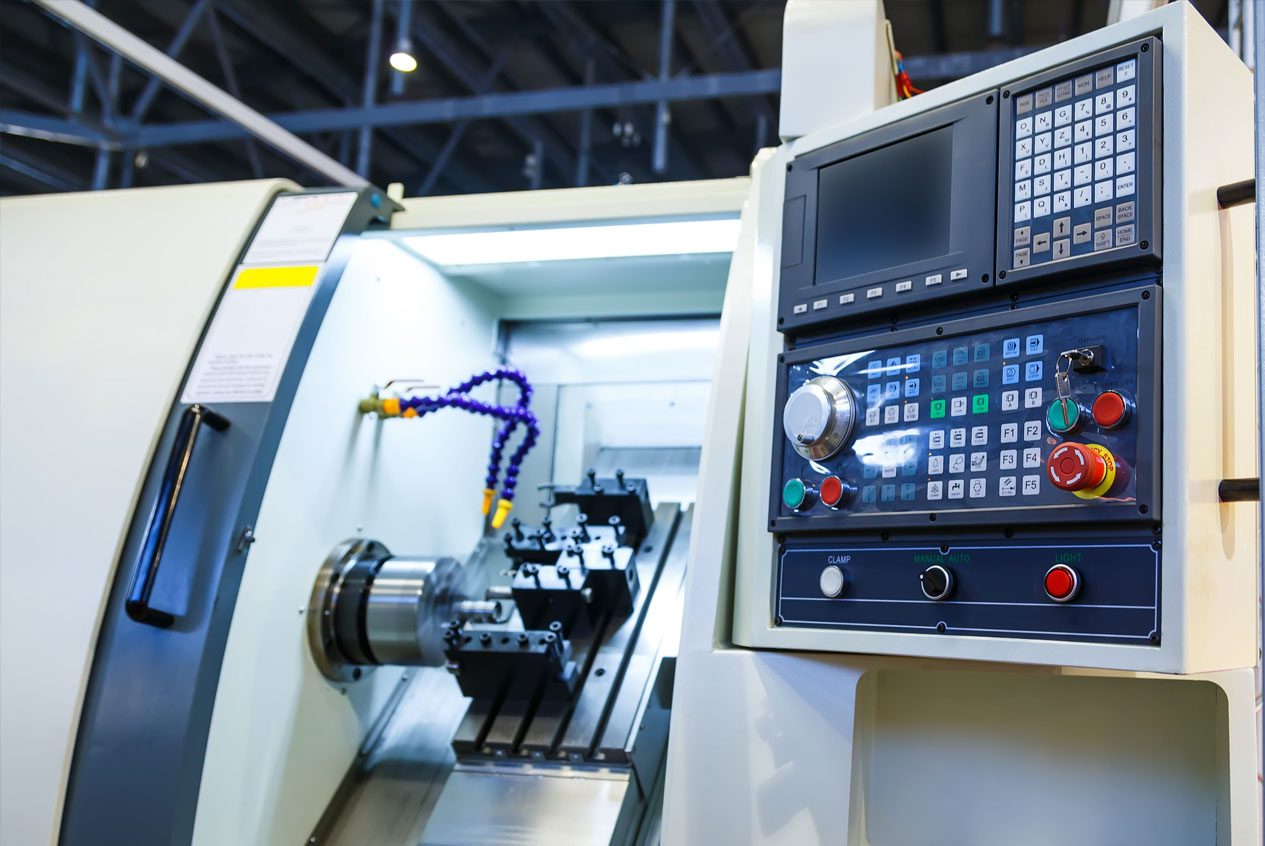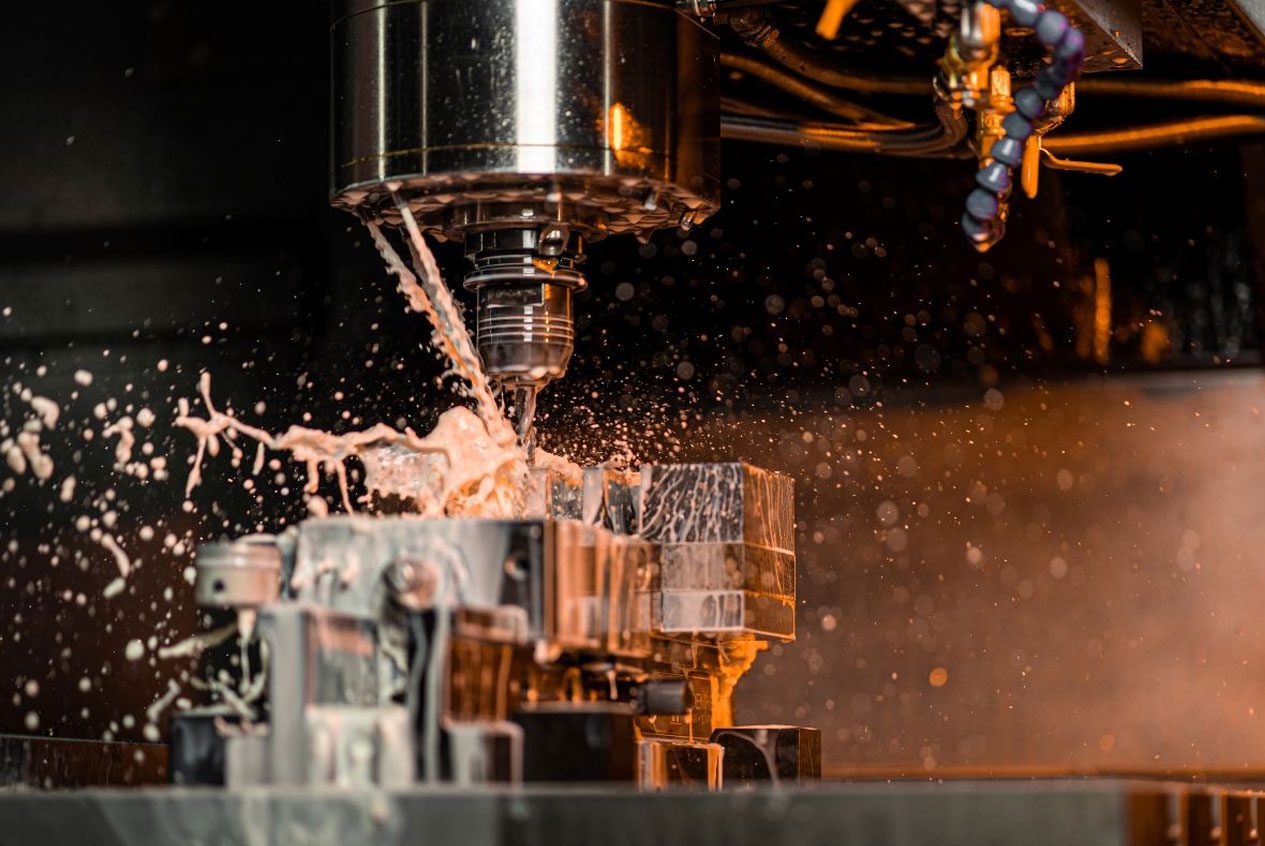I n the realm of manufacturing, the acronym CNC stands as a beacon of precision and efficiency. But what exactly does CNC stand for in machining, and why is it such a game-changer? In this article, we’ll unravel the mystery behind CNC and explore its profound impact on the world of machining.
Understanding CNC
CNC stands for Computer Numerical Control. At its core, CNC machining involves the use of computerized systems to control machine tools and equipment for the fabrication of complex parts and components. Unlike traditional manual machining methods, where operators guide the tools by hand, CNC machines execute precise movements based on pre-programmed instructions.
The Evolution of CNC Technology
The roots of CNC machining can be traced back to the mid-20th century, when the advent of computers and digital technology sparked a revolution in manufacturing. Early CNC systems were rudimentary by today’s standards, relying on punch cards and paper tapes to input commands into the machines. However, as computing power grew and software capabilities expanded, CNC technology evolved into the sophisticated systems we know today.
How CNC Machines Work
At the heart of every CNC machine lies a powerful computerized control system. Machinists use specialized software to design the part they wish to fabricate, specifying dimensions, geometries, and machining operations. This digital model is then translated into a series of numerical instructions, known as G-code, which dictates the movements of the machine’s cutting tools.
Once the G-code program is loaded into the CNC machine, it takes over the reins, orchestrating precise movements along multiple axes to shape the raw material into the desired form. Sensors and feedback mechanisms ensure accuracy and consistency throughout the machining process, resulting in high-quality parts with tight tolerances.
Applications of CNC Machining
The versatility and precision of CNC machining have made it indispensable across a wide range of industries. From aerospace and automotive to medical devices and consumer electronics, CNC machines are used to manufacture everything from engine components and structural parts to intricate prototypes and custom-designed products.
Advantages of CNC Machining
The adoption of CNC technology has brought about numerous benefits for manufacturers. These include:
- Precision: CNC machines offer unparalleled accuracy and repeatability, ensuring consistent results even for complex geometries.
- Efficiency: By automating the machining process, CNC machines can significantly reduce production times and labor costs.
- Flexibility: CNC machines are capable of handling a wide variety of materials, from metals and plastics to composites and ceramics.
- Customization: With the ability to quickly reprogram the machine for different jobs, CNC machining enables on-demand production and rapid prototyping.
Looking to the Future
As technology continues to advance, so too will the capabilities of CNC machining. Innovations such as additive manufacturing, machine learning, and Internet of Things (IoT) integration hold the promise of further enhancing productivity, reducing waste, and unlocking new possibilities in design and manufacturing.
In conclusion, CNC machining represents a cornerstone of modern manufacturing, empowering businesses to produce high-quality parts with precision and efficiency. By harnessing the power of Computer Numerical Control, industries around the world are shaping the future of innovation and driving economic growth.










